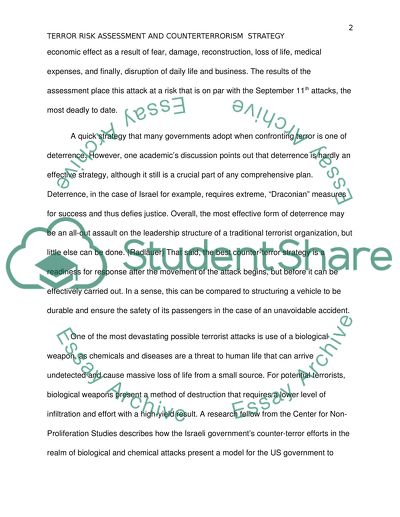Cite this document
(“Terror Risk Assessment and Counter-Terrorism Strategy Essay”, n.d.)
Retrieved de https://studentshare.org/military/1391381-homeland-security
Retrieved de https://studentshare.org/military/1391381-homeland-security
(Terror Risk Assessment and Counter-Terrorism Strategy Essay)
https://studentshare.org/military/1391381-homeland-security.
https://studentshare.org/military/1391381-homeland-security.
“Terror Risk Assessment and Counter-Terrorism Strategy Essay”, n.d. https://studentshare.org/military/1391381-homeland-security.


